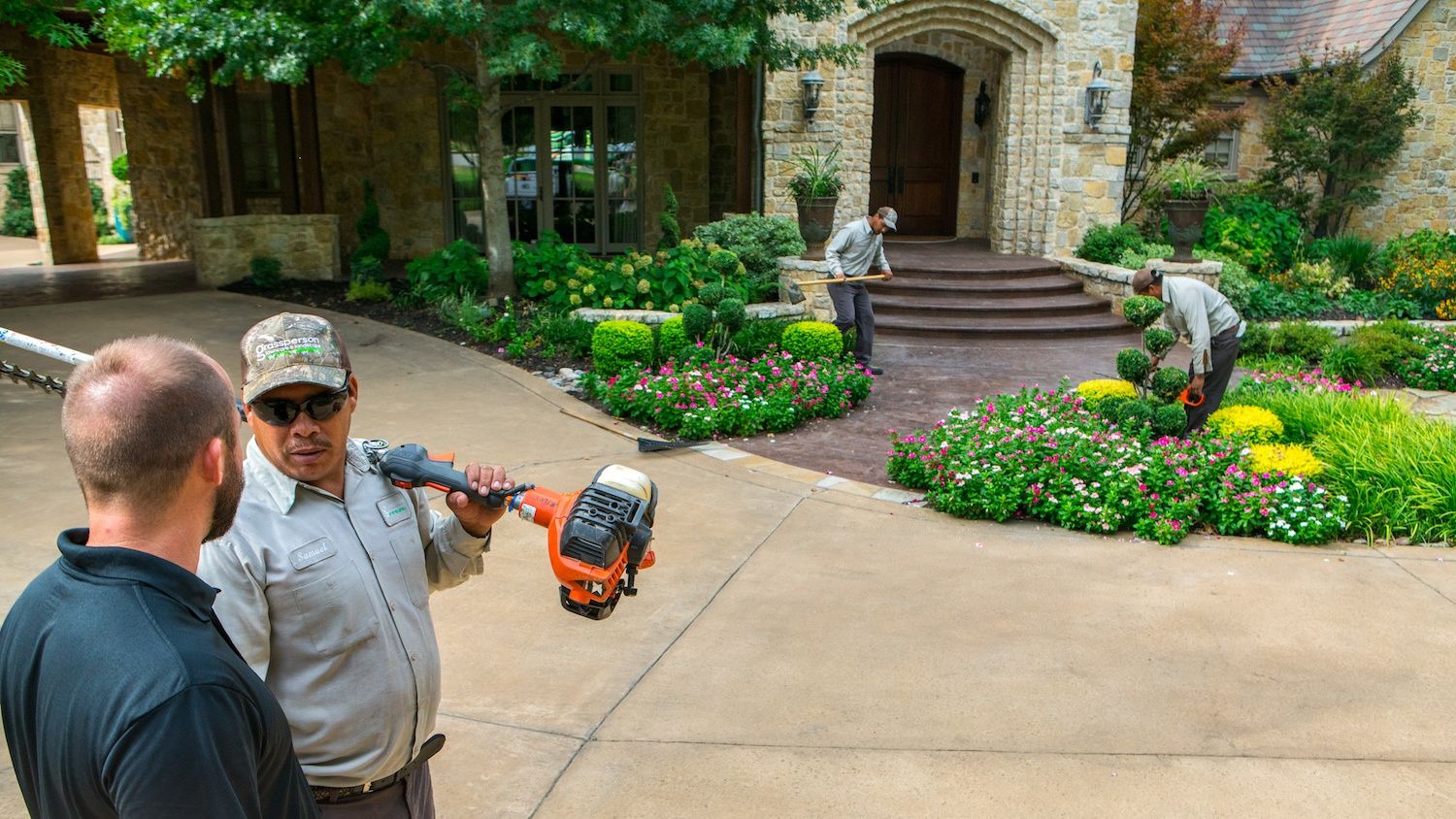
Nothing takes away from the appeal of a beautiful flower bed like unwanted weeds creeping in. And unfortunately, even a few sneaky weeds can quickly multiply if given the chance.
If weeds aren’t addressed, they can take over your entire bed.
Of course, addressing weeds in a flower bed isn’t that simple. You obviously have desirable plant material close by and you don’t want to harm the flowers in the process of weeding. That’s one reason you might be pulling weeds by hand.
But hand-pulling weeds is not always an effective solution.
In this article, we’ll dive into everything that you should know about hand-pulling weeds in your flower beds, including reasons why it might not be effective on its own.
If you’ve ever done any weeding in your flower beds before, you know that it’s arduous work. Many weed varieties are quite hardy and are firmly rooted in the ground. They can be difficult to pull.
For that reason, it’s always optimal to pull weeds when they are young and have not become deeply rooted.
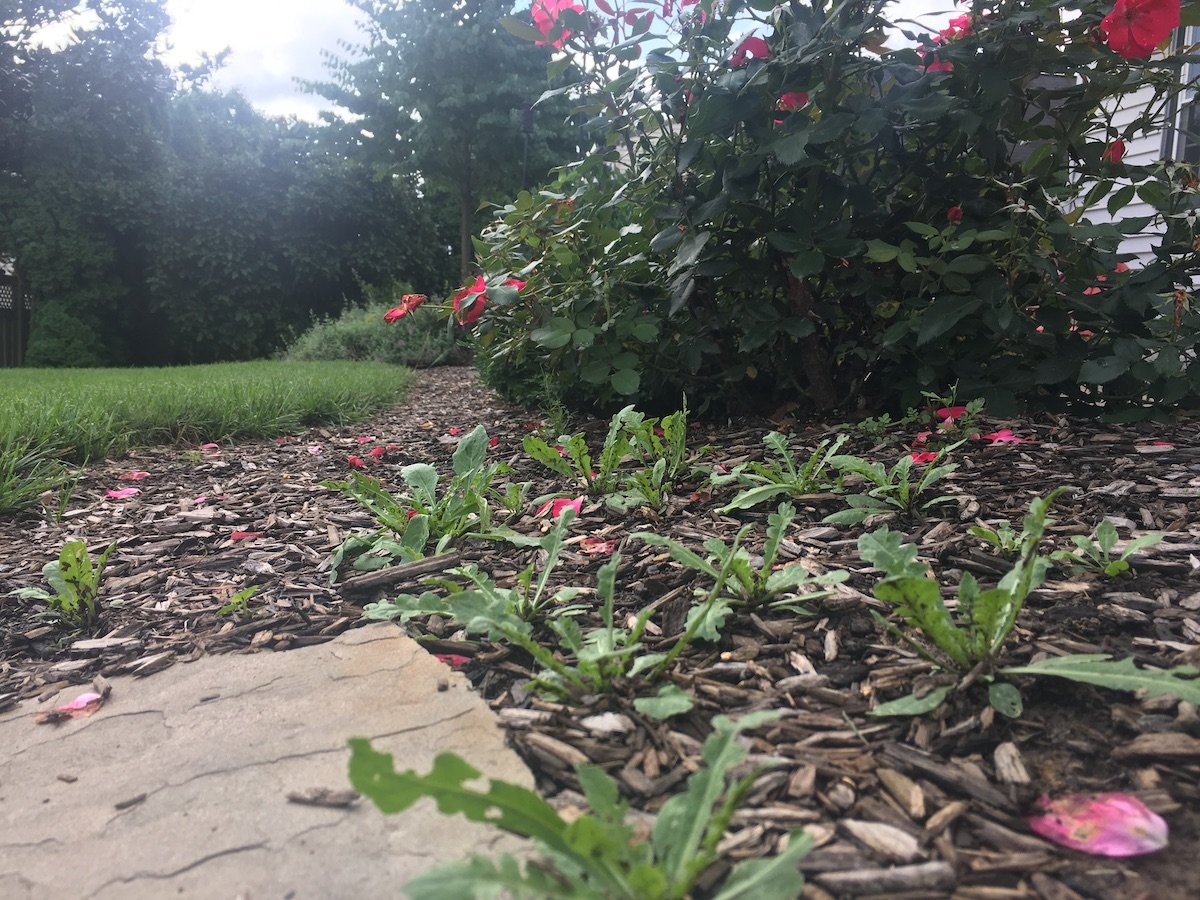
When you are pulling weeds by hand, it’s important that you grab the weed at its base and then pull it out by the roots.
It’s also critical that you remove the entire weed including the root or other underground parts (such as tubers or bulbs). This might involve having to dig a bit. This obviously has to be done quite cautiously so that you don’t accidentally dig up desirable plants.
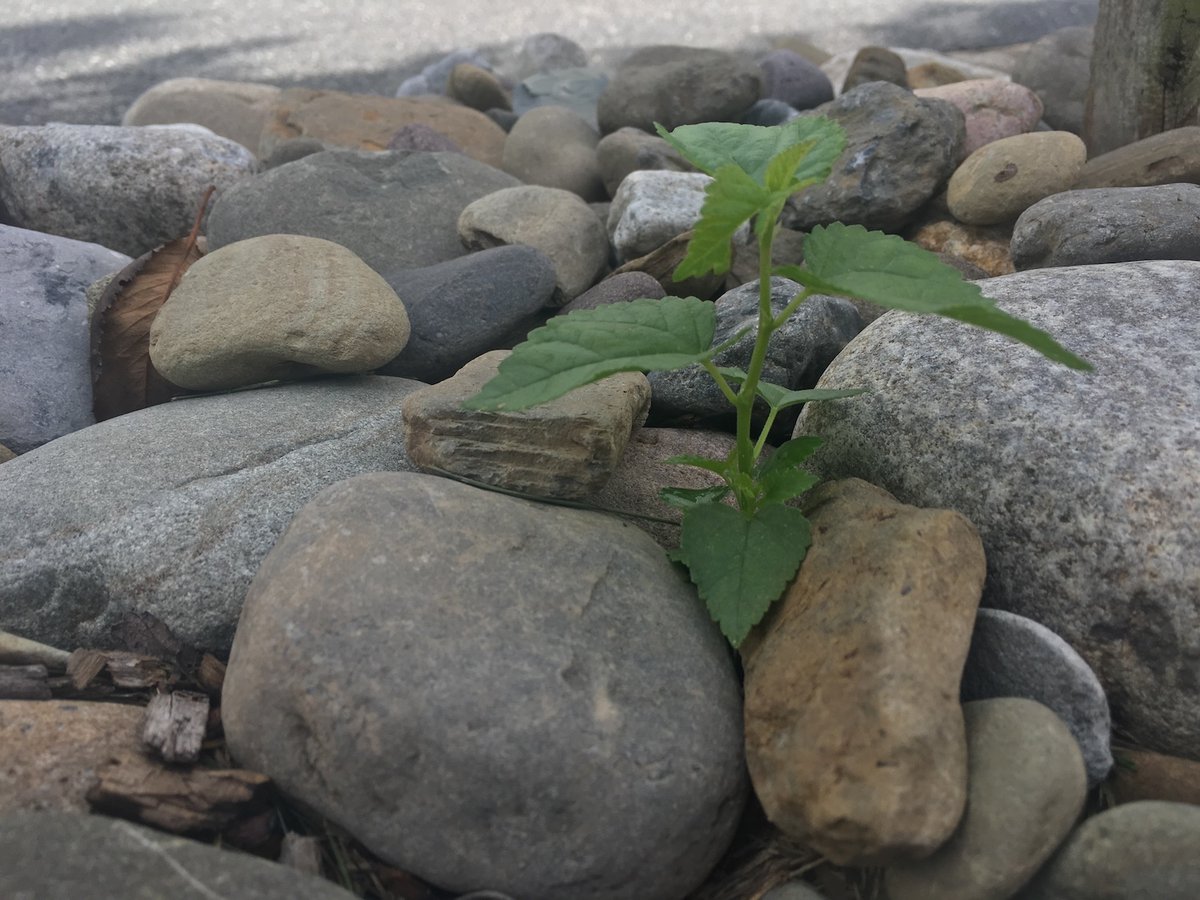
As with any task, pulling weeds by hand will be more effective with the right tools. Hook neck tools or angled hand hoes can be used to carefully dig out weeds that are found in between desirable plant material. You might also need a hand shovel for digging out deeply rooted weeds.
Weeding can be backbreaking work so make sure that you have knee pads and take rest time. Also, make sure to stay hydrated.
Finally, we also recommend a good pair of gloves. There are many prickly weed types that will stab or scratch you. A good pair of gloves will help.
Pulling weeds by hand is often not effective enough on its own. That's because when you hand-pull weeds, pieces of the root commonly snap off.

Sometimes you won’t even realize this has happened if you’ve gotten the majority of the weed. But, persistent weeds will just re-establish themselves.
That’s not to say that pulling weeds by hand can’t be part of your strategy. When you keep up with it, and hand-pull select weeds, it can make a difference.
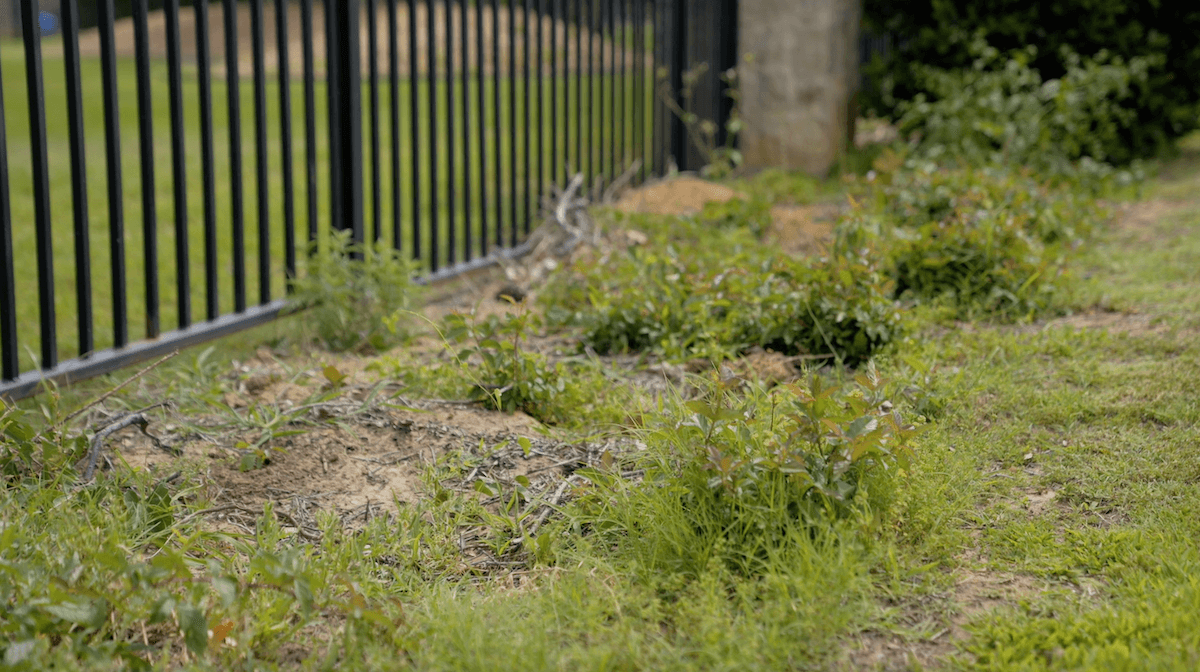
But it’s also very hard for homeowners to worry about weeding every single day. You might start with the best intentions. But suddenly a lot of time has passed and you have more weeds than you can keep up with.
In addition, hand-pulling weeds can also lead to some trouble (which we’ll talk about next). So, you must be selective in what weeds you are targeting with hand-pulling.
The other problem with pulling weeds by hand is that there are some weed types in which hand-pulling stimulates more growth.
With weed species like nutsedge or wild violet, hand-pulling triggers growth because these weeds reproduce through their root system. It is activated to grow more when pulled.
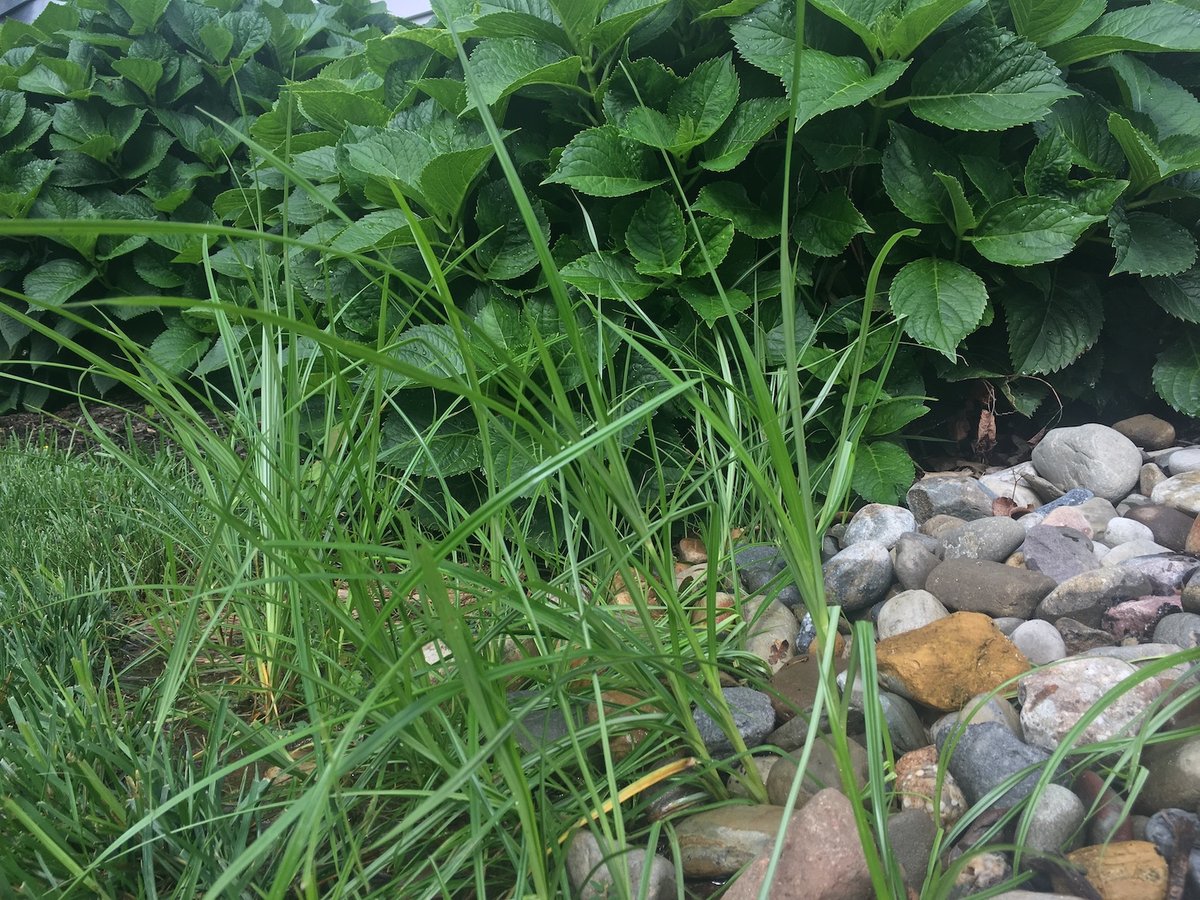
These weeds are quite invasive and almost impossible to keep up with which is why you need an aggressive weed control strategy.
Using a post-emergent weed control product is effective in killing weeds because it will translocate through the weeds. We know that people are often worried about using weed control products in their plant beds because of the desired plant material being so close by. But when a landscape expert applies these materials, it will be done cautiously with a targeted approach.
The key is always using the right selective weed control product. Properly-applied weed control products can manage weeds effectively without causing problems for your other plants.
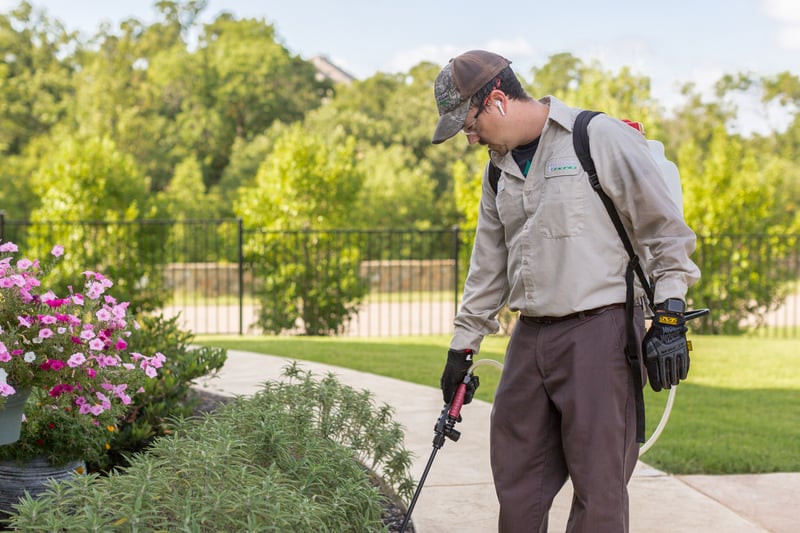
In addition, an effective weed control strategy should also include the use of pre-emergent controls. Pre-emergents are effective on weeds that germinate and spread through seeds. They work by actually stopping germination in the first place.
That means you’ll be able to AVOID a lot of weeds in your plant beds.
This material should be applied in late fall, late winter, and early spring. However, some weeds do not reproduce or spread via seed. So, your pre-emergent weed control will not be effective on those weeds. Spot-spraying those weeds with post-emergent control and hand-pulling select weeds will keep them at bay.
Another weed control strategy that is important to mention is mulching.
Mulch creates a barrier that can help suppress weeds. By insulating the soil and keeping it slightly cooler, it is difficult for weeds to germinate. It can also be physically difficult for them to grow through a couple of inches of mulch.
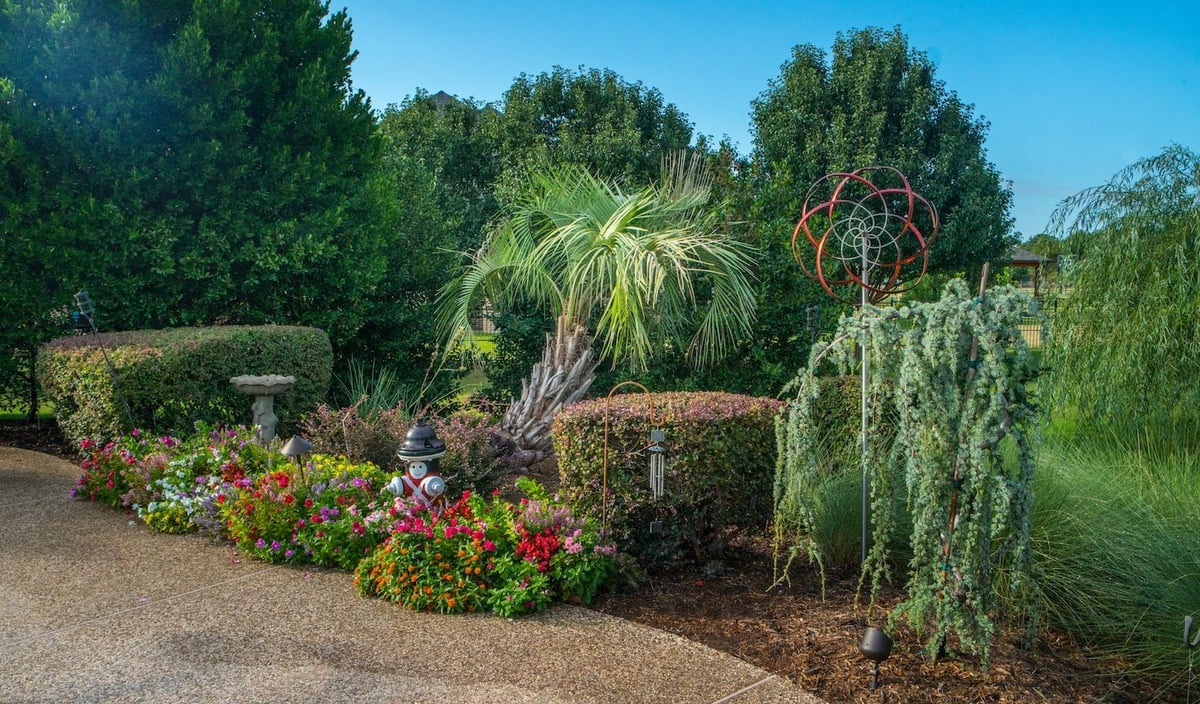
While mulching is definitely a good weed suppressant, it’s not foolproof. Mulching should also not be done until the landscaping bed is properly prepped by being treated with a pre-emergent herbicide.
You also can’t use mulch to get rid of existing weeds. If you heap mulch onto a weed-covered landscape bed, you’re just buying yourself a little bit of time before they push up through the top layer.
Weed control here in North Texas must be aggressive. Unfortunately, the job here is never done. There is no “winter break” from weed control like there is in other states. With our year-round mild temperatures, the weeds never rest.
Of course, in the spring and summer, your landscaping will require even more attention since weeds grow particularly fast during this peak season.
You’ll need to make your weed control a year-round effort to have the most success.
Effective, year-round weed control requires a year-round layered approach of proactive pre-emergent herbicides that stop the growth of weeds you don’t see, curative post-emergent herbicides that treat weeds you do see, and overall landscaping best practices like mulching and hand-pulling weeds.
These steps work together, so the professional you enlist to help should not skip out on any of these three critical aspects of controlling weeds in landscaping.
When homeowners start pulling weeds by hand, they often feel it’s something they can handle on their own. But the task can quickly become overwhelming (and exhausting). As we’ve demonstrated in this article, it’s also nearly impossible to tackle all weeds by hand.
You’ll need effective controls, too.
This labor-intensive work also requires the expert eye of a landscaping pro who can recognize common weeds in landscaping, and correctly apply weed control materials at the proper time. You’ll also want to work with a pro who can manage spot treatments and hand-weeding when it’s needed.
We understand how frustrating it can be to fight weeds that crop up in your landscaping. But the good news is that you don’t have to handle it on your own.
We can help you manage weeds in your landscape and get the lawn you deserve with a total landscape maintenance program that takes a holistic approach.
When you hand these tasks over to a pro, you can let go of your worries and get back to simply enjoying your landscape.
Want to let us take over your complete lawn and landscape needs? Get a Free Quote, then you can enjoy the best lawn on the block!
These Stories on Landscape